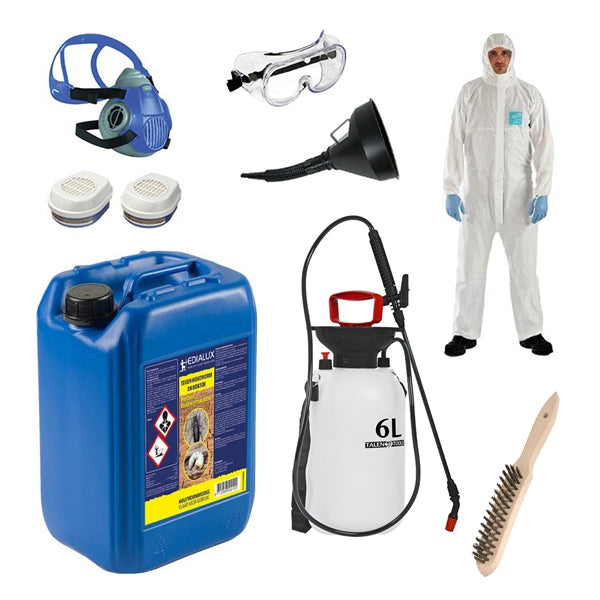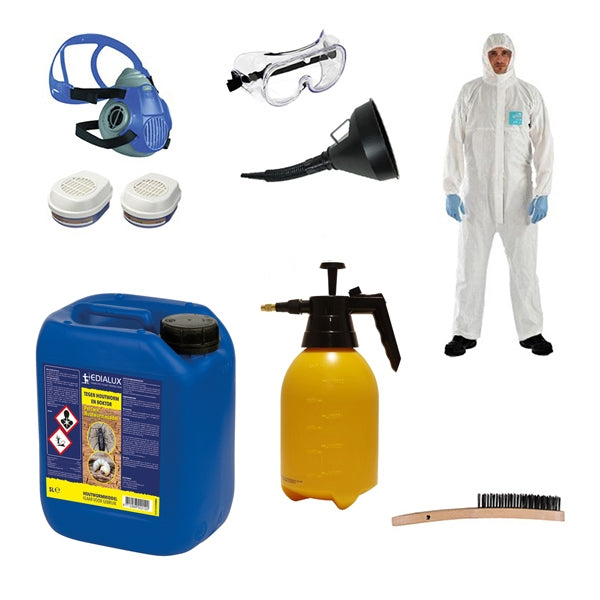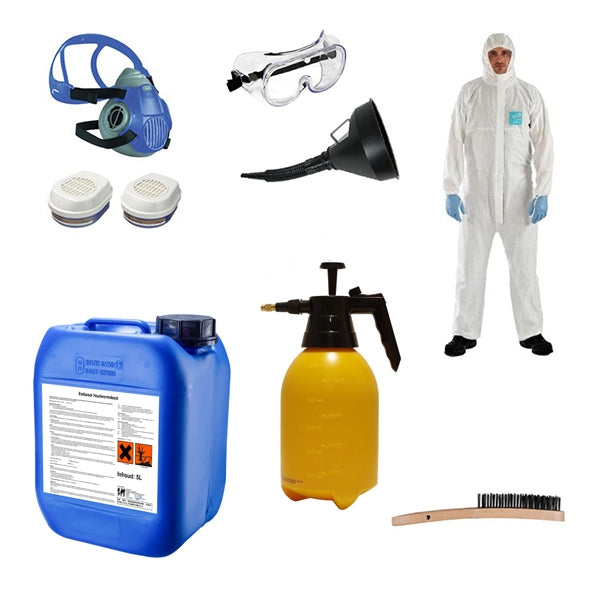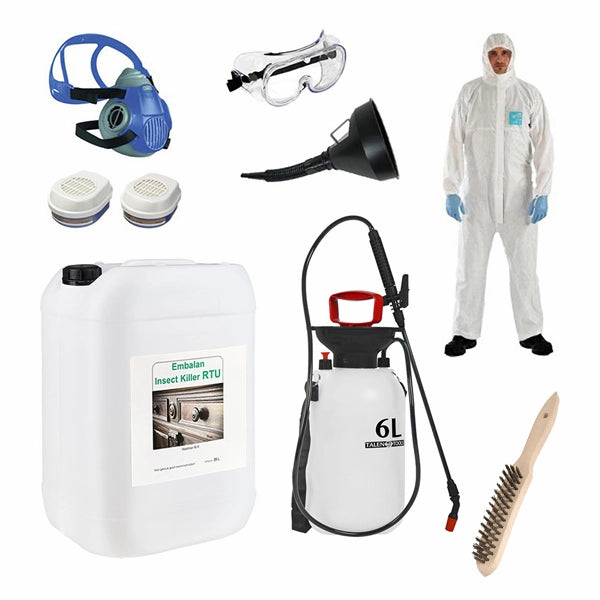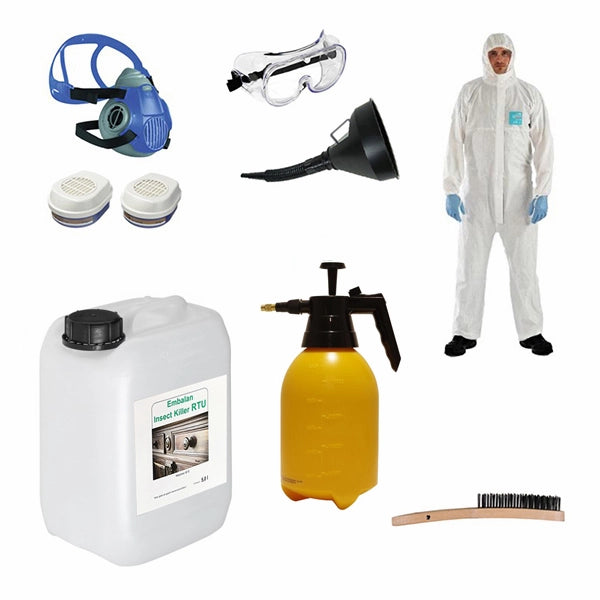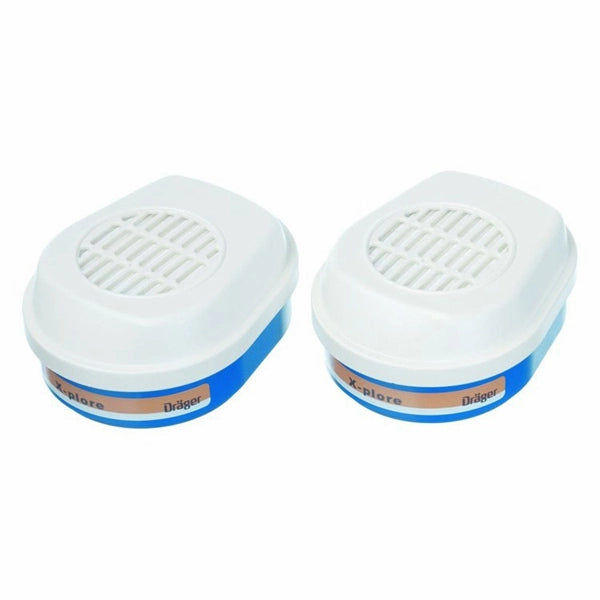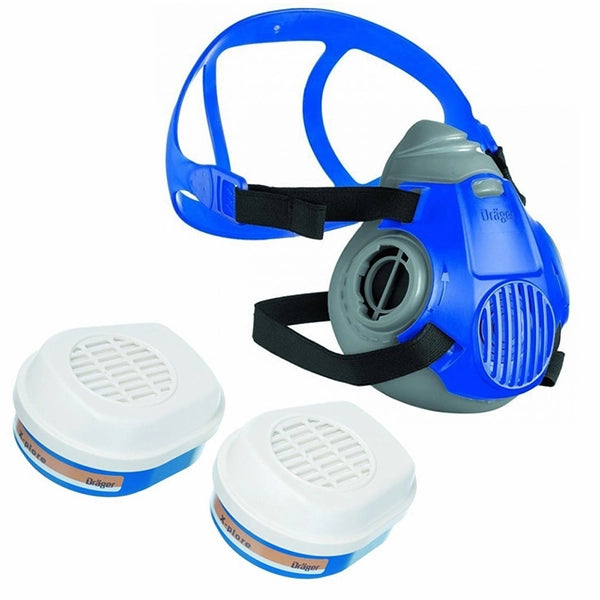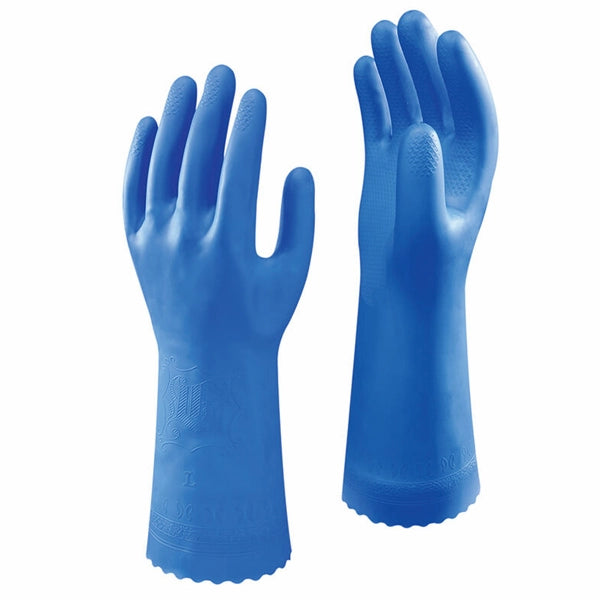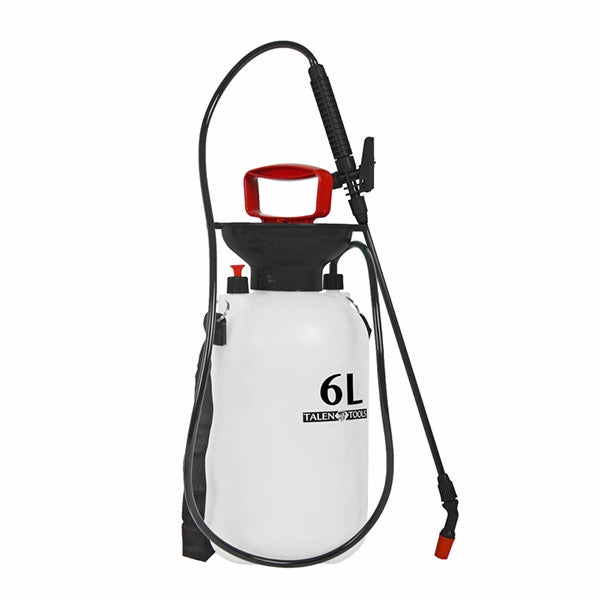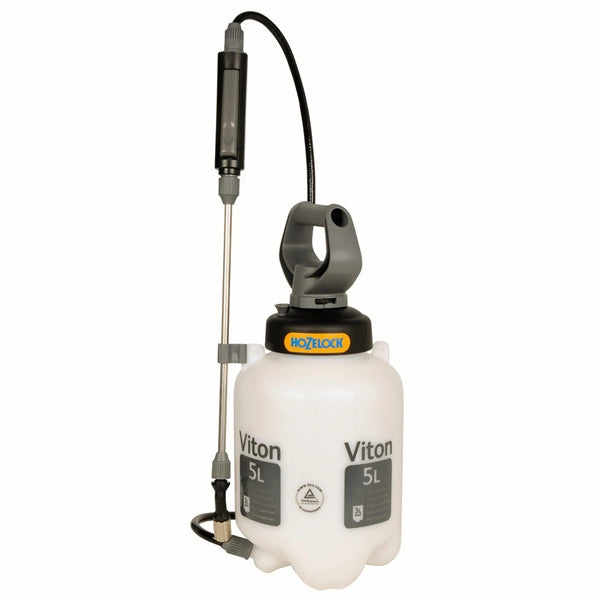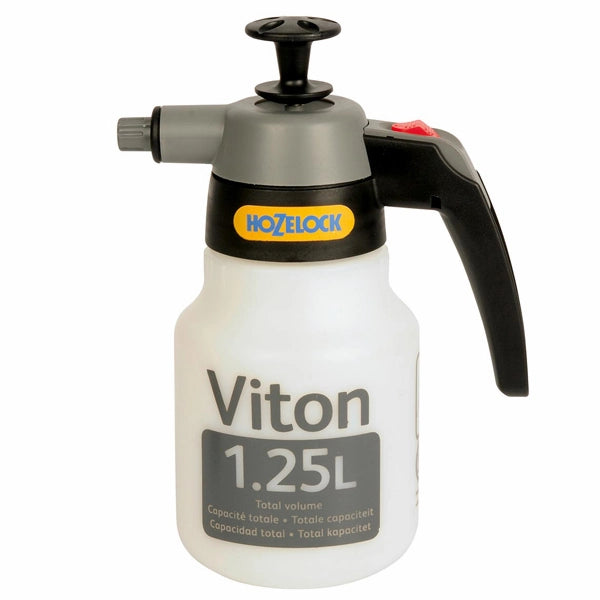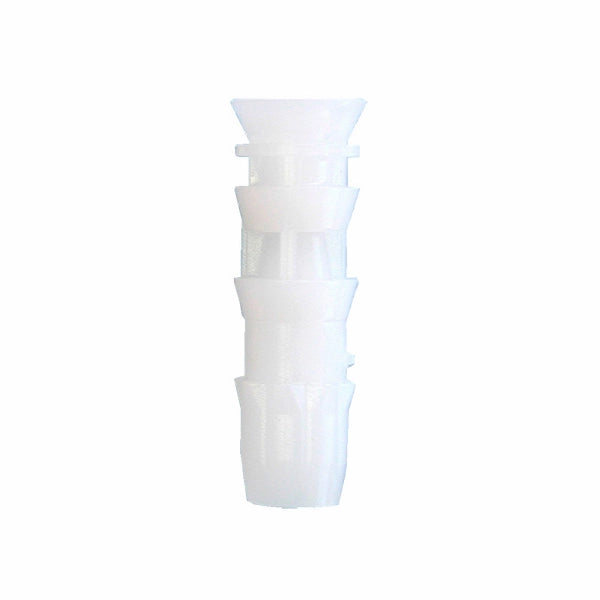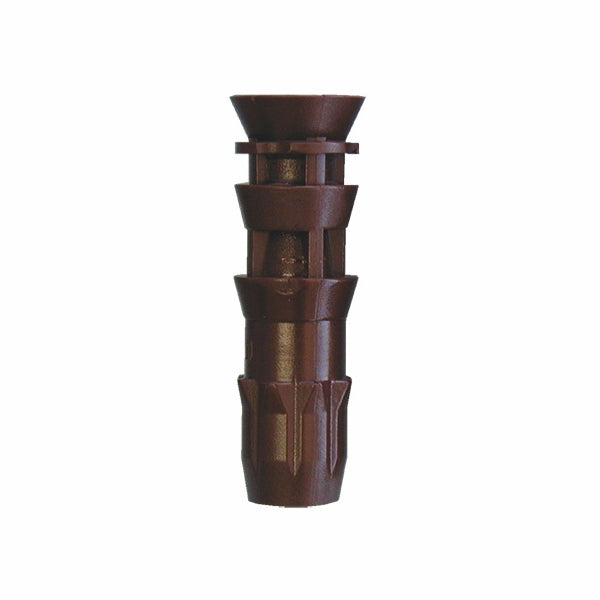Everything against woodworm
Combat woodworm
Woodworm are small insects that bore through wood and cause major damage. Although there are a number of woodworm species, the most common is the common furniture beetle. Woodworm infestations can be difficult to detect as the insects often tunnel deep into the wood, but small holes in wood surfaces and a fine dust around these holes are indications of an infestation. If left untreated, woodworm can cause serious structural damage to homes and furniture. It is therefore important to take preventive measures against woodworm infestation . One of the most effective ways to do this is to use woodworm pesticides. These pesticides kill the woodworm on contact, preventing them from causing further damage. Woodworm pesticides are available in both liquid and powder form, and can be applied directly to the wood or mixed with paint or varnish. When used correctly, woodworm pesticides can provide effective protection against woodworm infestations.
The best pesticides against woodworm
Woodworm can be a serious problem for wooden structures, causing extensive damage as the insects burrow through the wood. Although there are a number of woodworm pesticides on the market, it can be difficult to know which one to choose. When choosing a woodworm pesticide, it is important to take into account the severity of the infestation and the type of wood that is affected. For example, some pesticides are designed for use on softwoods, while others are intended for use on hardwoods. There are also products that can be used on both types of wood. Once you have determined which product is best for you, it is important that you follow the instructions carefully to ensure that woodworm control is effective.
What pesticides are there?
Woodworm pesticides are pesticides used to kill woodworm. Woodworm are small insects that live in wood and eat wood. They can cause serious damage to wood, furniture and buildings. Woodworm infestations are difficult to control and can cause expensive repairs. Woodworm pesticides are used to kill woodworm and prevent them from causing damage. There are many different types of woodworm pesticides available, and each has its own advantages and disadvantages. Choosing the right woodworm pesticide for your situation is important for effective control.
Treating woodworm
Woodworm can be a serious problem for any homeowner. These tiny insects burrow into the wood, causing extensive damage and even weakening the structural integrity of the wood itself. Fortunately, there are a number of ways to treat woodworm infestations. One of the most effective treatments is injecting the affected area with a specialized insecticide. This insecticide kills the woodworm on contact, preventing further damage to the wood. In addition, homeowners can also treat woodworm by sanding the affected area and sealing it with a coat of varnish or other protective coating. By taking these simple steps, homeowners can effectively treat woodworm infestations and prevent further damage to their property.
Everything against woodworm
Woodworm are the larvae of wood-boring beetles and they can cause major damage to wooden furniture and structures. If you suspect you have a woodworm infestation, it is important to treat the problem as soon as possible. There are a number of different ways to treat woodworm, depending on the severity of the infestation. For minor infestations, you may be able to treat the problem yourself with a chemical insecticide. For more serious infestations, it is best to call in a professional pest control company. They can treat the problem quickly and effectively and prevent further damage to your property.
Prevent damage caused by woodworm
Woodworm are small insects that live in wood, causing it to rot. Although they are not usually harmful to humans, they can cause extensive damage to buildings and furniture. There are a number of ways to treat woodworm, depending on the extent of the infestation. For minor infestations, a simple insecticide spray may be sufficient. More serious infestations may require the use of special chemicals or even heat treatment. Whichever method is used, it is important to treat the woodworm as soon as possible to prevent further damage.


